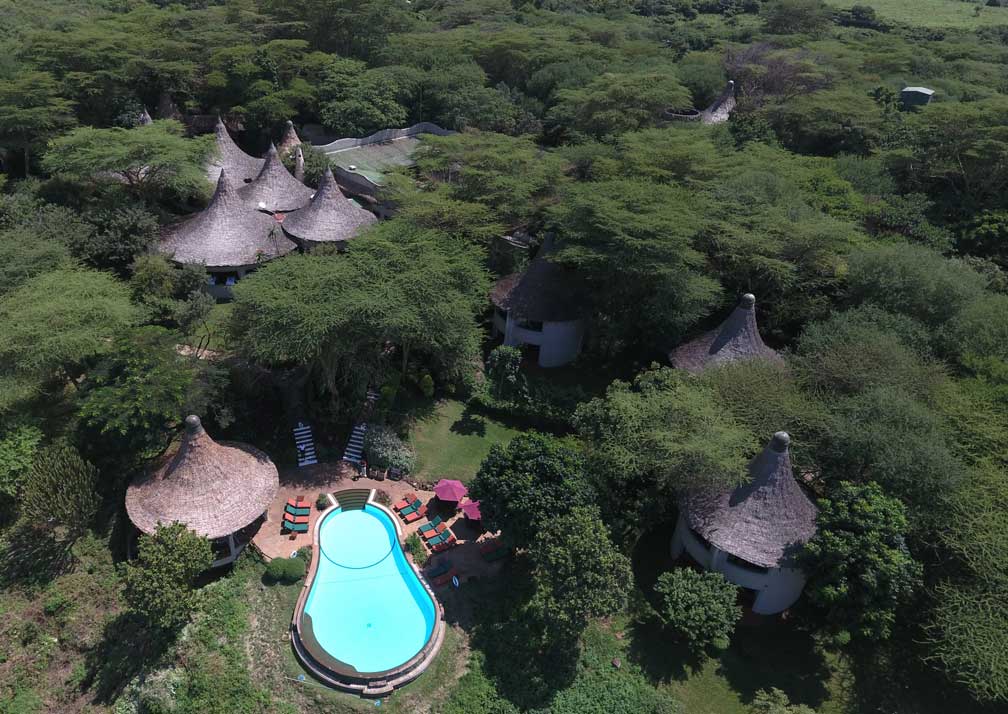Lake Manyara Safaris
An integral part of the Tanzania safari experience, Lake Manyara National Park shouldn’t be overlooked in the rush to visit its more famous neighbours – the Serengeti and Ngorongoro Crater. It literally lies down the road from the town of Arusha, Tanzania’s entry and exit point for the ‘northern safari circuit’ and makes a relaxing, breath-catching stopover for a day or two.
Lying at the foot of the Great Rift Valley escarpment, Lake Manyara is a shallow alkaline lake, the north-west of which is protected by the Lake Manyara National Park. Much of the 330km² park is taken up by the lake but one of the many surprises in store for visitors is the remarkably wide diversity of terrestrial habitats – forest, wetland, floodplain, acacia woodland – which in turn supports an equally impressive variety of wildlife.
The first thing you’ll notice on a Lake Manyara safari is the birdlife: nearly 400 species have been recorded here and it’s an excellent and easily accessible introduction to the birds of East Africa. Feathered highlights include large flocks of flamingos and many birds of prey.
More surprises lie ahead for the visitor. Besides a supporting cast of buffalo, antelope, zebra and giraffe, Lake Manyara is home to a growing elephant population while the park’s lions have developed the intriguing habit of climbing trees. The ever-elusive leopard occurs in the park while boat cruises will take you in search of snorting hippo pods and basking crocodiles.
The best game viewing months for a Lake Manyara safari are from December to February and from May to July although it is a destination that is on most Tanzania safari itineraries all year round. There is excellent luxury accommodation available inside and outside the park, affording visitors the opportunity to explore by 4X4 as well as by canoe, motor boat, mountain bike and even on foot.

Lake Manyara Tours & Safaris
If you’re looking for a safari in Lake Manyara National Park, look no further. Our range of Lake Manyara tours and safaris embrace a part of the famous northern Tanzania safari circuit that makes a wonderful contrast with the nearby Serengeti and Ngorongoro Crater.
Lake Manyara offers a wide variety of accommodation options ranging from family-friendly lodges to intimate tree-house suites. Browse our recommended pre-packaged tours and safaris or simply contact us for a tailor-made itinerary.

Lake Manyara Accomodation
Accommodation in Lake Manyara National Park is limited to a handful of safari lodges with only a single accommodation set inside the park itself. If you’re looking for an adventure in one of northern Tanzania’s least visited safari destinations, our selection of Lake Manyara accommodation is sure to inspire you and will make planning your Tanzania safari so much simpler.


